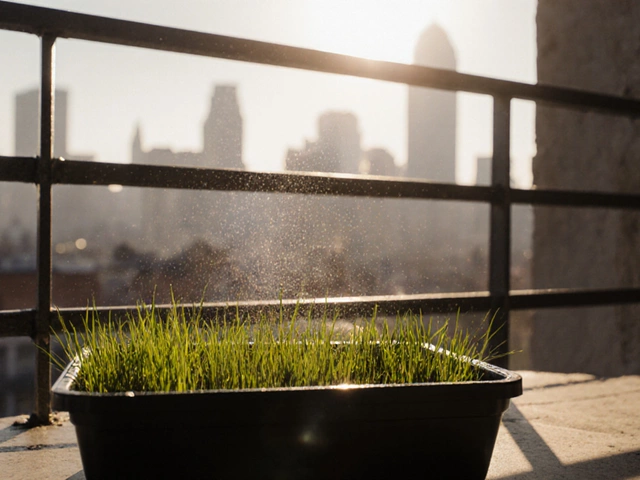Most Nutritious Vegetables for Your Indian Kitchen
Ever wondered which veg can give you the biggest health boost? You don’t need a fancy diet – just pick the right veggies. Below we break down the top nutrient‑dense veggies that grow well in Indian climates and how to get the most out of them.
Why Nutrition Matters in Everyday Meals
Most of us eat veg for flavor, but the real magic is in the vitamins, minerals, and antioxidants they pack. A single serving can provide 30‑50% of daily iron, calcium, or vitamin C, which means stronger immunity, better bone health, and more energy for daily chores.
Top Five Super‑Nutritious Veggies for Indian Gardens
1. Broccoli – It tops the list for a reason. Broccoli is loaded with vitamin C, K, folate, and plant‑based protein. The Broccoli Farming in India guide shows that it can thrive in cooler hill regions and even in the North’s winter season.
2. Spinach (Palak) – This leafy green is a powerhouse of iron, magnesium, and vitamin A. Growing it in a shaded corner or using a drip‑irrigated raised bed (see our drip irrigation posts) keeps the leaves tender and nutrient‑rich.
3. Carrots – Rich in beta‑carotene, which turns into vitamin A, carrots support eye health and skin. They love sandy loam, so add sand or compost as suggested in the "How to Loosen Heavy Garden Soil" article.
4. Drumsticks (Moringa) – Almost every part of the tree is edible and packed with calcium, potassium, and antioxidants. Moringa tolerates heat, making it perfect for most Indian zones.
5. Beetroot – Full of folate, fiber, and nitrates that help lower blood pressure. Beets grow well in well‑drained soil; a quick drip line setup ensures even moisture without water waste.
These veggies not only boost your health but also fit nicely into Indian recipes – from dal and curries to salads and smoothies.
Quick Tips to Maximise Nutrition
Harvest at the right time. Over‑ripe veg can lose vitamin C and other antioxidants. Pick broccoli heads before the florets open and harvest carrots when they’re about 1‑2 inches thick.
Use gentle cooking methods. Steam or stir‑fry instead of deep‑frying. A quick steam preserves up to 90% of vitamin C in spinach and broccoli.
Don’t over‑water. Excess water leaches nutrients. Follow our guide on "How Deep Should Drip Irrigation Lines Be Buried?" to deliver just the right amount.
Add compost. Compost enriches soil with organic matter, improving nutrient uptake. Mix in a handful of kitchen waste compost every month.
Rotate crops. Planting beetroot after legumes or broccoli after leafy greens prevents soil‑borne diseases and keeps the soil fertile.
By choosing these top five veggies and applying a few smart garden habits, you’ll enjoy tastier meals and a stronger immune system without spending extra on supplements.
Ready to grow your own nutrient powerhouse garden? Start with a small plot, set up drip irrigation, and watch your health improve one bite at a time.
The World's Healthiest Vegetable: Unveiling the Top Nutritional Powerhouse
Diving deep into science and tradition, discover which single vegetable claims the no. 1 spot for health benefits—plus practical ways to add it to your diet.
About
Vegetable Gardening
Latest Posts


What Not to Do with Bonsai: Care Tips to Avoid Pitfalls
By Alden Thorne Apr 10, 2025

How to Safely Stabilize Sloped Soil for Terrace Gardening
By Alden Thorne Mar 9, 2025

5 Surprising Rice Facts You Should Know
By Alden Thorne Oct 25, 2025

